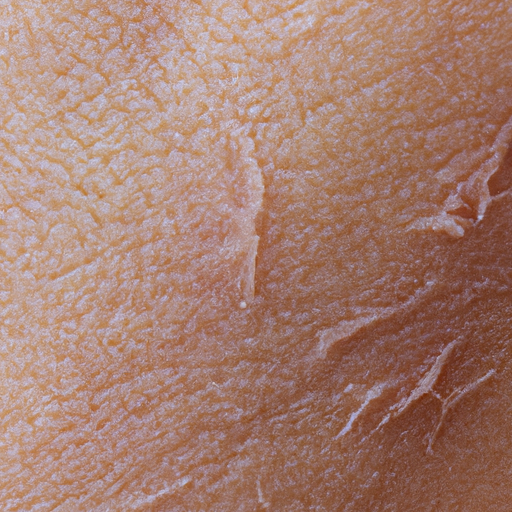Skin exfoliation is a crucial part of your skincare routine that can help you achieve a healthy, radiant glow. It involves the removal of dead skin cells on the skin’s surface, which can lead to an improved appearance and texture. This article will provide you with an ultimate guide to skin exfoliation, helping you polish your glow to perfection.
Firstly, let’s understand why exfoliation is essential. Our skin naturally sheds dead cells every 30 days or so. However, this process can slow down with age, leading to dull, dry, or flaky skin. Exfoliation aids in the removal of these dead cells, unclogs pores, and allows for better absorption of skincare products. Regular exfoliation can also stimulate collagen production, which helps maintain the skin’s youthful appearance.
There are two main types of exfoliation: physical and chemical. Physical exfoliation involves using a scrub, brush, or sponge to manually remove dead skin cells. This method can be effective but should be done gently to avoid damaging the skin. On the other hand, chemical exfoliation uses acids or enzymes to dissolve dead skin cells. Alpha hydroxy acids (AHAs), beta hydroxy acids (BHAs), and retinoids are common ingredients in chemical exfoliants.
Choosing between physical and chemical exfoliation depends on your skin type and sensitivity. If you have oily or combination skin, BHAs like salicylic acid can penetrate deeply into your pores and reduce oil production. For dry or sensitive skin, AHAs like glycolic or lactic acid can help hydrate and brighten your complexion. Physical exfoliants are generally suitable for all skin types but should be used with caution on sensitive skin.
The frequency of exfoliation varies from person to person. As a general rule, it’s best to start slow—once or twice a week—and observe how your skin reacts. If your skin becomes red, irritated, or dry, you may be over-exfoliating and should reduce the frequency. Remember, the goal is to enhance your skin’s health, not to cause harm.
After exfoliating, it’s crucial to moisturize your skin to replenish any lost hydration. Choose a moisturizer that suits your skin type and apply it while your skin is still damp to lock in moisture. Additionally, since exfoliation can make your skin more susceptible to sun damage, always apply a broad-spectrum sunscreen during the day.
Lastly, it’s important to note that while exfoliation can improve your skin’s appearance, it’s not a cure-all solution. A balanced diet, regular exercise, adequate sleep, and a consistent skincare routine are also vital for maintaining healthy skin.
In conclusion, exfoliation is a powerful tool in your skincare arsenal that can help you achieve a radiant glow. Whether you choose physical or chemical exfoliation, remember to do it gently and follow up with moisturizer and sunscreen. With regular exfoliation, you’ll be well on your way to polishing your glow and revealing healthier, brighter skin.



